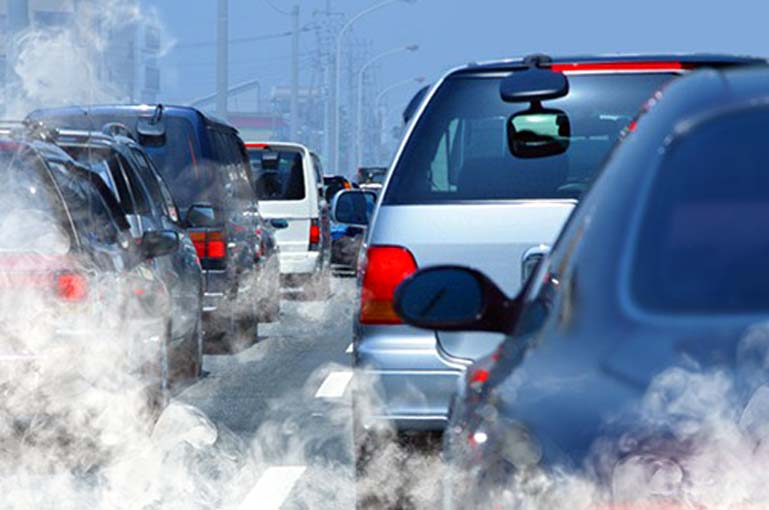
Life Desk :
A new study has found that exposure to pollution, especially during the second trimester of pregnancy, could harm a child’s lungs.
Existing research has often highlighted the adverse effects of air pollutants on lung function in school-age children and adolescents, but the effects of a mother’s exposure to pollution on the lung function of her unborn child and shortly after birth are less well known.
Researchers led by Dr Eva Morales of the Centre for Research in Environmental Epidemiology (CREAL) in Barcelona, assessed lung function with spirometry (measuring of breath), using data from the INfancia y Medio Ambiente (INMA) Project – a population-based mother-child cohort study set up in several geographic areas in Spain.
From the 1,295 women enrolled in the study at the beginning of pregnancy, the researchers obtained data on exposure to both air pollution and lung function assessment at 4.5 years old for 620 (48 percent) of their children.
Nitrogen dioxide (NO2) is a widely used marker of traffic-related air pollution, and benzene levels can reflect industrial activities and are considered as a surrogate for a mixture of predominantly traffic-driven pollutants. Both were used as indicators of pollution in the areas in which the women lived.
Analysis of the results showed that exposure to higher levels of benzene and NO2 in pregnancy was associated with reduced lung function parameters in breathing tests.
Children whose mothers lived in a high traffic air pollution area for benzene during the second trimester of pregnancy had a 22 percent higher risk of impaired lung function than those living in less polluted areas.
The risk for children of mothers living in a high traffic air pollution area for NO2 during their second trimester was 30 percent higher than those from less polluted areas.
Stronger associations between higher levels of pollution around pregnant women and poorer lung function in their subsequent children appeared among allergic children and those of lower social class.
– ANI

